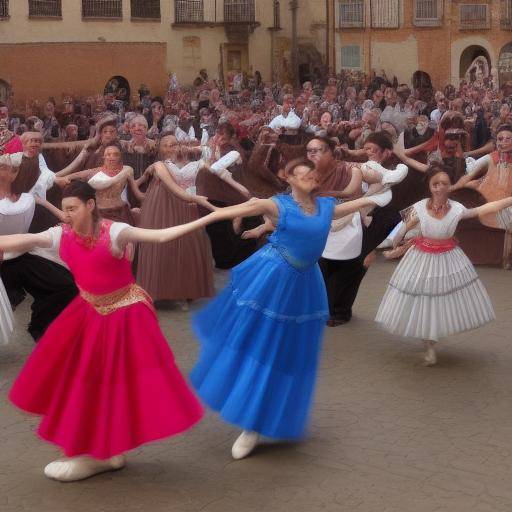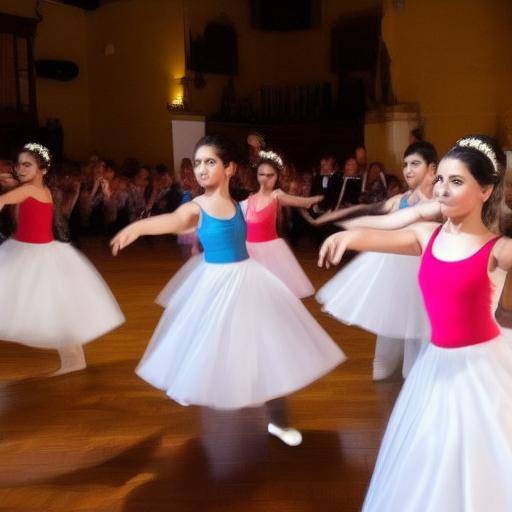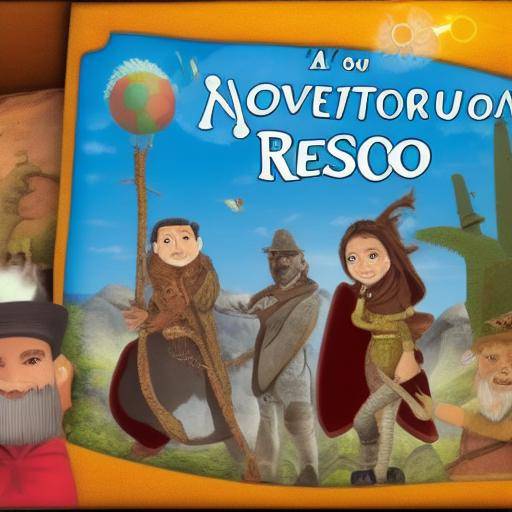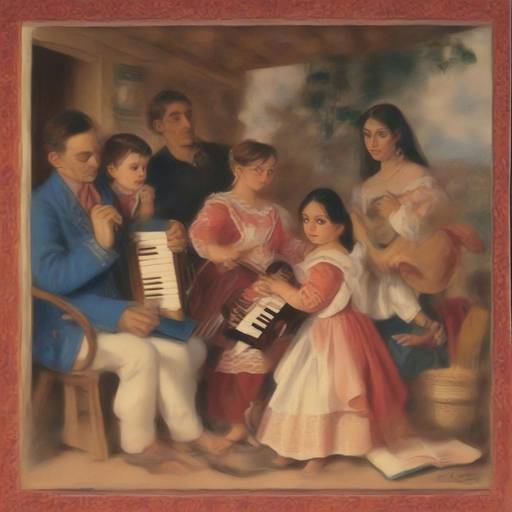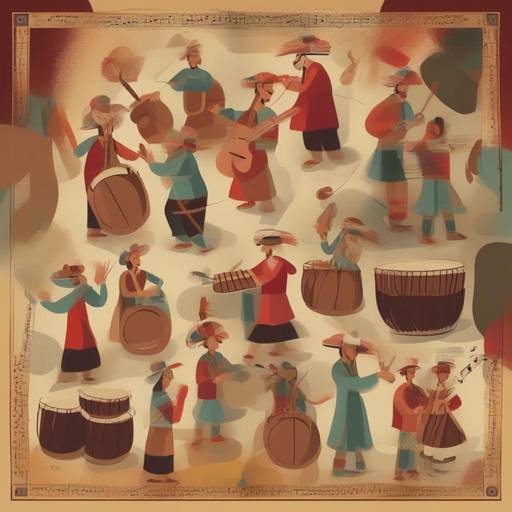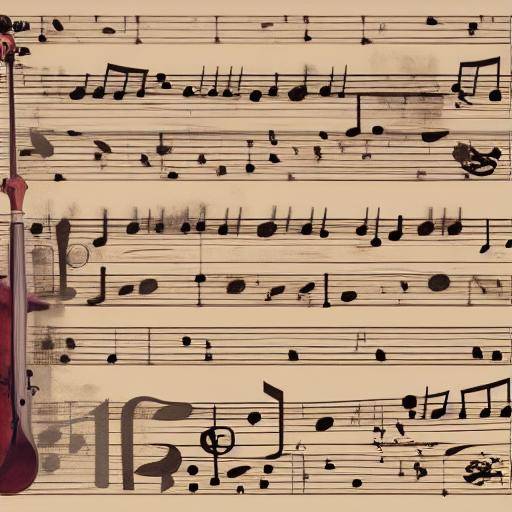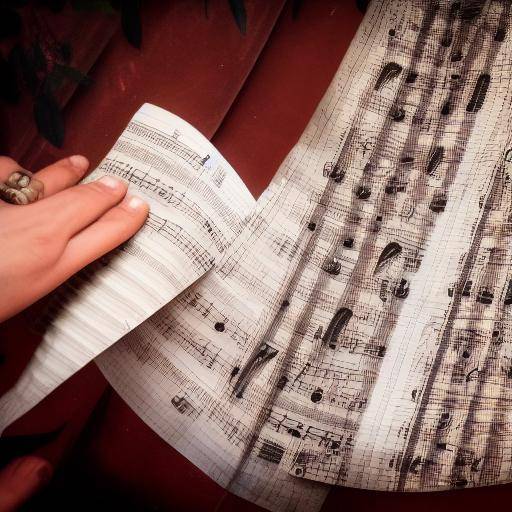
Introduction
The mermaids, mythological creatures that inhabit the seas, have fascinated humanity over the centuries. Its influence extends from ancient Greece to contemporary literary and cinematic narratives. In this article, we will explore the fascinating relationship between mermaids, shipwrecks and music, highlighting the connection with the epic story of "Odysseus". Join us on this journey through history, symbolism and the cultural influence of these enigmatic creatures.
Odysseus and the Mermaids
The story of Odysseus, the cunning protagonist of the homerical epic "The Odyssey", narrates his epic journey back to Ithaca after the Trojan War. In his journey, he faces numerous challenges, including the dangerous encounter with the sirens. According to the story, the sirens seduced the sailors with their lovely songs, taking them to the shipwreck on the nearby rocks.
The episode of the mermaids in "The Odyssey" highlights the duality of its nature: on the one hand, its beauty and melodious music, and on the other, its mortal danger. This narrative has transcended time, becoming a symbol of temptation and danger that haunt the sea, as well as a metaphor for internal conflicts and difficult decisions in life.
Shipwrecks: Between Tragedy and Superstition
The shipwrecks have been a constant in maritime history, associated with both human tragedies and inexplicable mysteries. The presence of the mermaids in the legends of shipwrecks has enlivened superstitions and myths that last until today. Belief in the influence of sirens on shipwrecks has permeated maritime culture, generating precautions and rituals of protection among sailors.
This legacy has left an indelible mark on literature, art and folkloretics, fueling the fascination of the mermaids and their connection to the tragic events on the high seas. The interaction between the shipwrecks and the mermaids is manifested both in reality and in the collective imagination, marking an intersection between human life and the aquatic kingdom.
Music of the Deep: The Charm of the Mermaids
The association between sirens and music is a constant in the cultural traditions of different civilizations. From ancient legends to contemporary representations, the mermaids are portrayed as music masters, capable of intonating hypnotic melodies that captivate those who listen to them. This seductive ability intertwines with the representation of the mermaids as beings of extraordinary beauty and charm.
The music of the sirens transcends the mere artistic interpretation, acquiring symbolic connotations that reflect the ability of the music to move the emotions, arouse passions and lead to a state of overthrow. This complex relationship between mermaids and music has inspired literary, musical and visual works, making them a timeless icon of human fascination for music and its evocative power.
Conclusion
In short, the mermaids, with their intrinsic relationship with "Odiseo", the shipwrecks and music, continue to exert a lasting influence on culture and collective imagination. From their role as obstacles in the homerical epic to their incarnation in contemporary artistic representations, the mermaids continue to captivate human imagination with their mysterious attraction and their mortal songs.
The symbolic connotations of the mermaids, as metaphors of the temptation, the fatality and the power of music, endure in the cultural and artistic legacy, reminding us of the eternal fascination for the beauty and mystery that already accompany us on this journey through time and the sea, where the mermaids continue to weave their spell with their mortal songs and their eternal seduction. The legends of Odysseus, shipwrecks and music are intertwined in a narrative that transcends the borders of time and space, reminding us of the inextinguishable fascination for the unknown and the mysterious that endures in the heart of humanity.
Frequently asked questions
What is the origin of sirens in mythology?
The mermaids have roots in Greek mythology, where they are described as creatures with a bird's body and a woman's face. His appearance in the stories of sailors and heroes has persisted in different cultures throughout history, keeping his enigmatic influence on maritime narratives.
What symbolize the sirens in the context of the shipwrecks?
In the context of the shipwrecks, the sirens symbolize both irresistible attraction and mortal danger. Their association with the shipwrecks has fed myths and superstitions around their ability to seduce the sailors with their songs, taking them to their perdition in the nearby rocks.
How has the narrative of Odysseus influenced the representation of the sirens?
The episode of Odysseus and the sirens in "The Odyssey" has left an indelible mark on the representation of these creatures in Western culture. The duality of its nature, between seduction and fatality, has become a lasting symbol of temptations and dangers that lurk in life and the sea.
What is the role of music in the attraction of the sirens?
The music of the sirens is presented as a hypnotic and seductive element, capable of capturing the attention of those who listen to it. This symbolic representation reveals the evocative power of music, as well as its ability to move emotions and lead to a state of overthrow.
What impact have sirens had on contemporary narrative?
The mermaids have continued to inspire literary, artistic and musical works in contemporary narrative. His presence remains a recurring motive in the exploration of themes such as the temptation, the fatality and the power of music in the current artistic and cultural imaginary.

